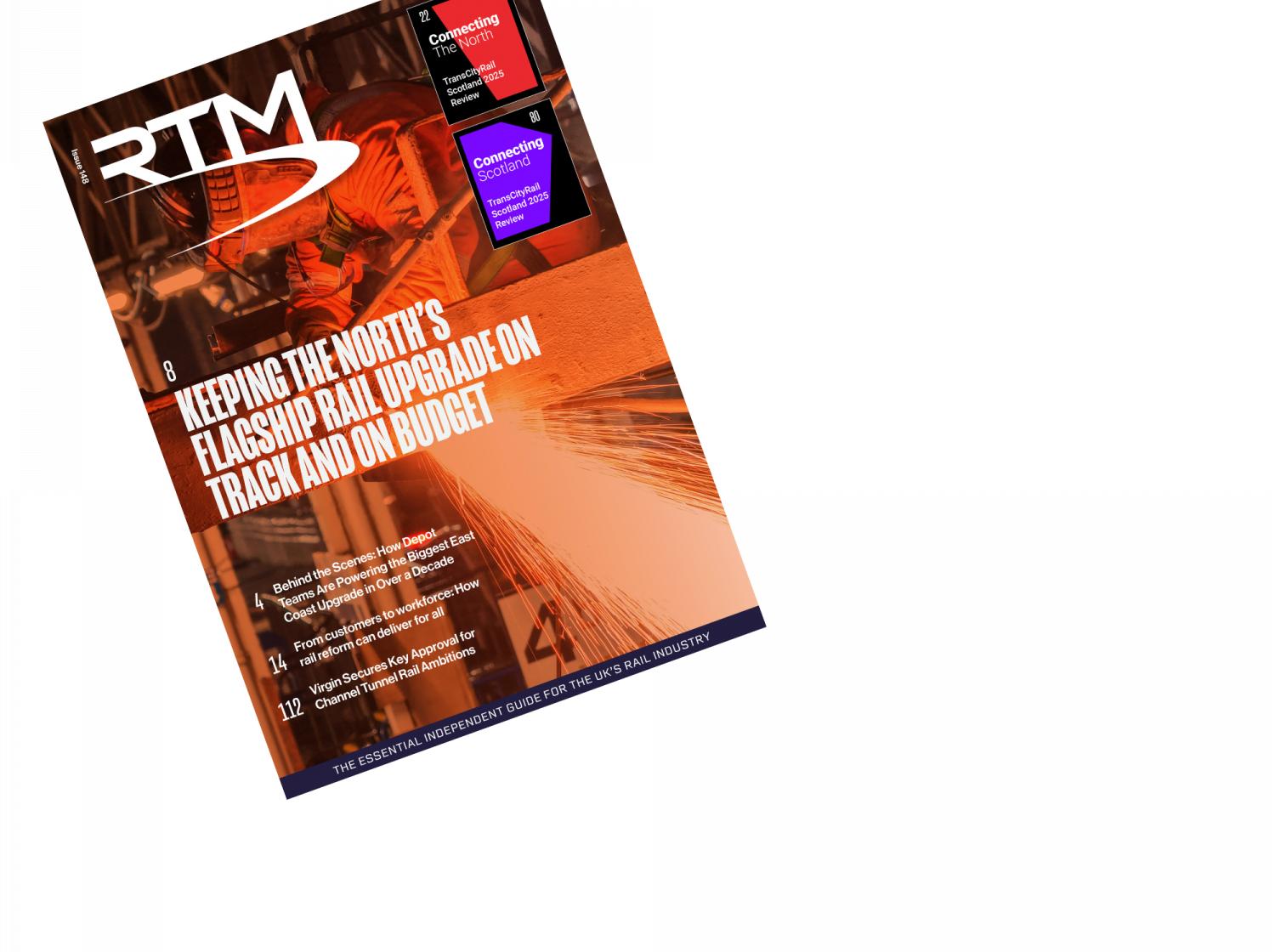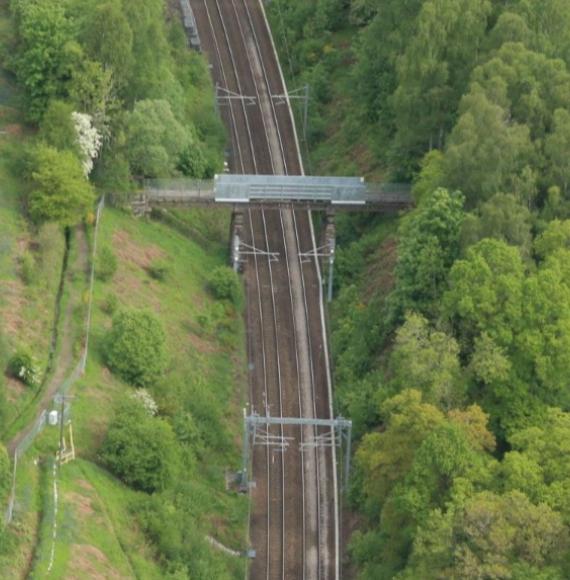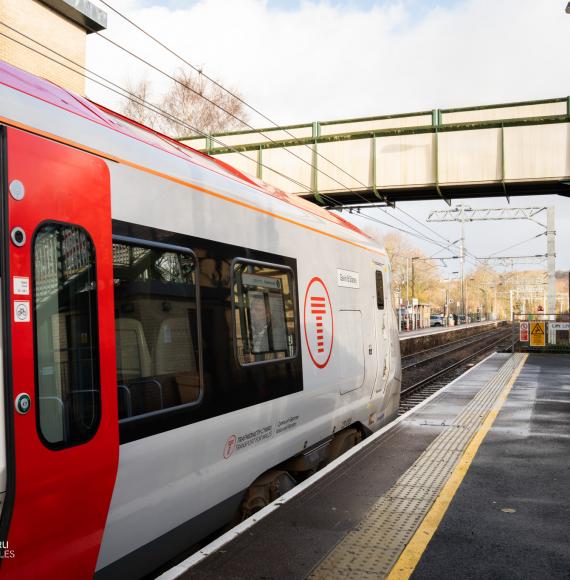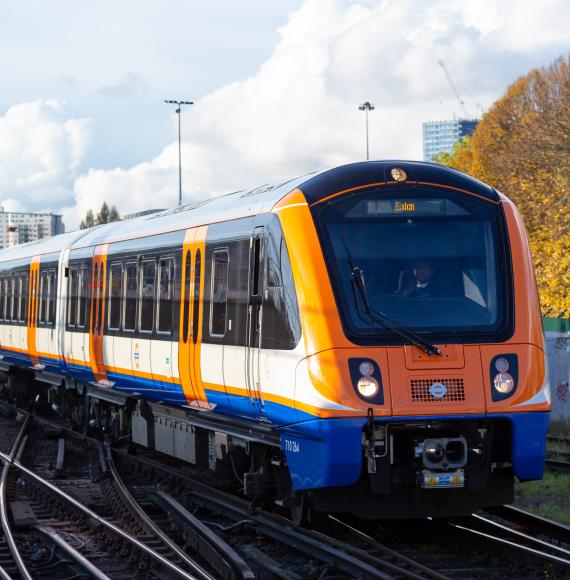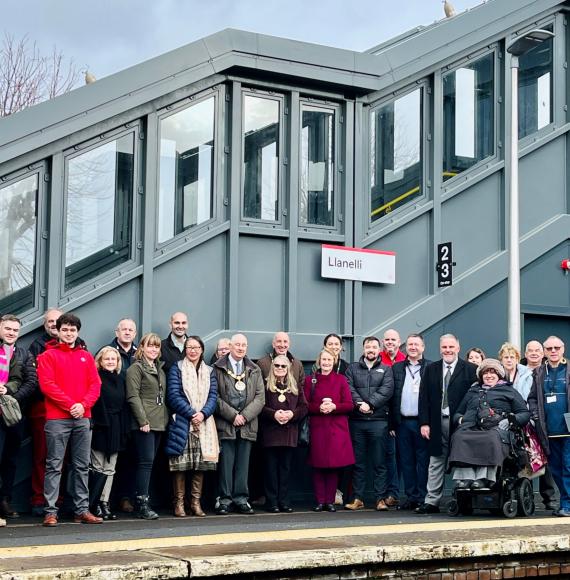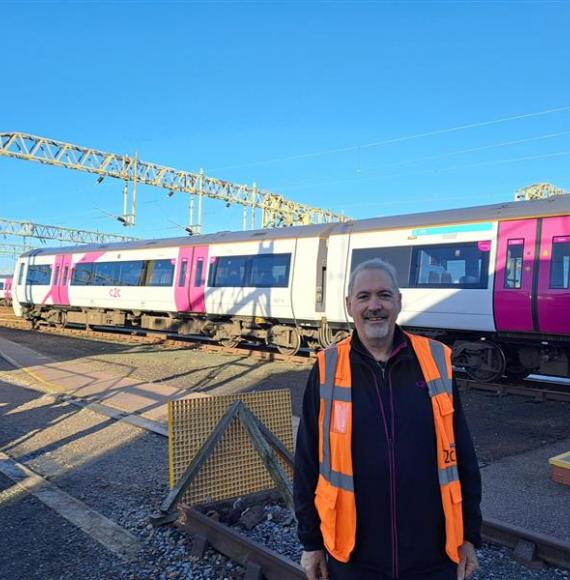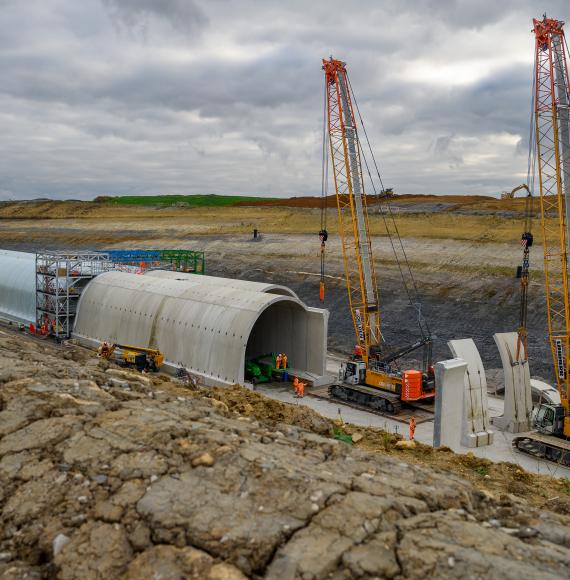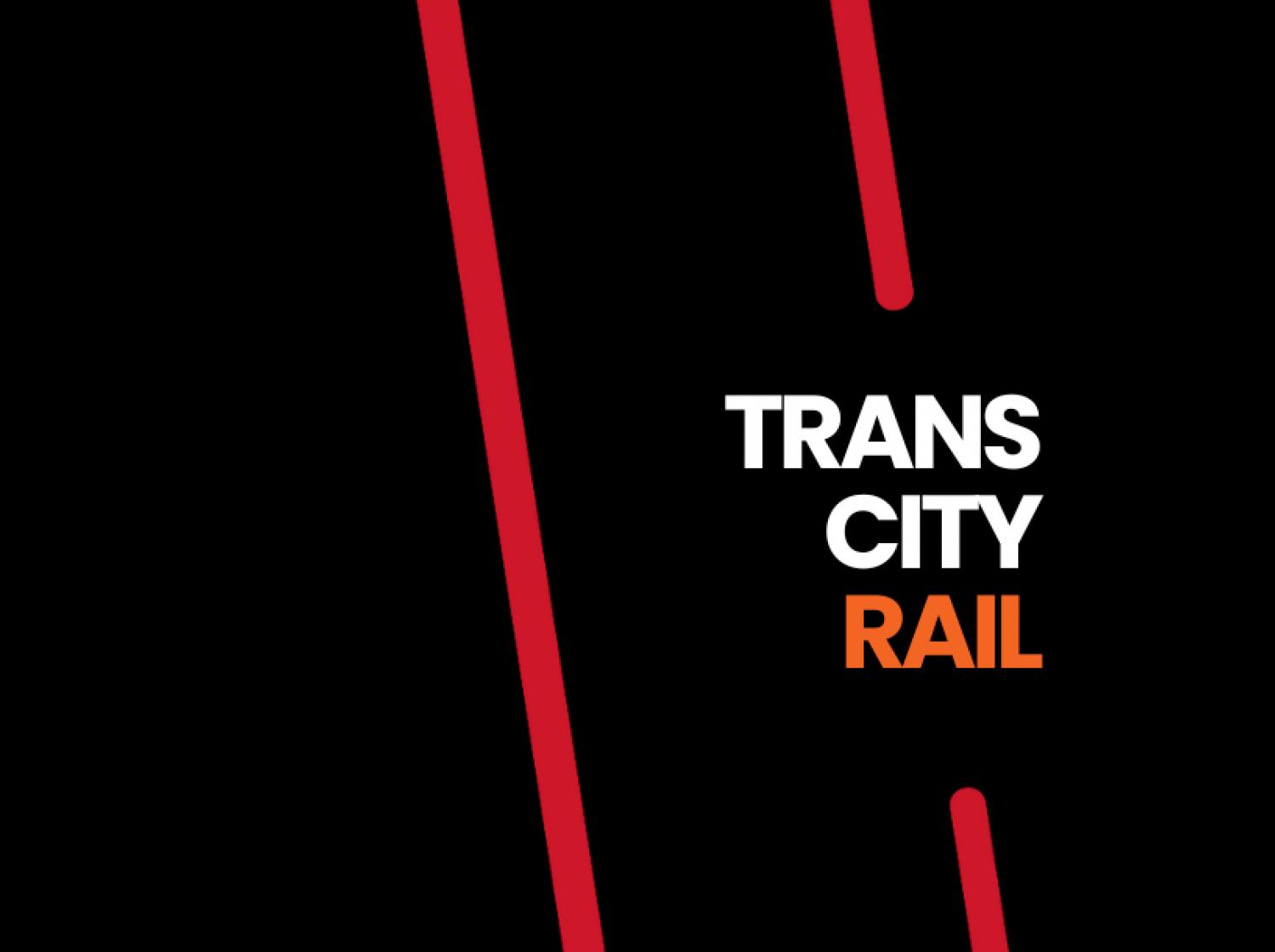The next steps in a major investment across the East Kilbride and Barrhead railway lines will begin this month.
Network Rail will demolish and replace bridges on Thornliebank Road in Glasgow’s southside, and Westerton Lane near Busby station as part of the £140m East Kilbride Enhancement Project. Both bridges are being removed from 28 September to 1 October ahead of their replacement next year, to create enough space underneath for new overhead line equipment that will allow electric trains to run on the route.
At the same time (28 September – 1 October), a new accessible bridge will be craned into position at the new Hairmyres station, with drainage works also taking place between Hairmyres and East Kilbride stations.
In addition, a separate £5m track renewal project, designed to improve service reliability, will begin at Busby Junction, where the East Kilbride and Barrhead lines meet.
Ahead of the bridge demolitions, the existing footbridge that serves the footpath between platforms 1 and 2 at Thornliebank station is being removed overnight on Saturday 21 September.
Paul Reilly, senior programme manager, Network Rail, said: “The last weekend in September will see the delivery of multiple engineering works as the East Kilbride Enhancement Project continues to push forward.
“We understand that there may be some inconvenience as our teams work around-the-clock at several locations. The bridge demolitions, however, can only take place during a period of continuous working, with no trains running on the route.
“Rather than having a separate disruptive closure of the line, we’re maximising this closure to deliver other critical elements, such as the bridge lift at Hairmyres. This will mean an additional closure of the line will not be required for that work.”
Eddie McLoone, project manager, Network Rail, said: “Our aim across all these works is to enhance and improve the infrastructure for our passengers and freight customers.
“The work to Busby Junction is critical engineering that will help improve reliability. Although there will be short-term disruption, the long-term benefits means that by renewing the junction, work won’t be required on this scale for many years to come.”
Image credit: Network Rail


